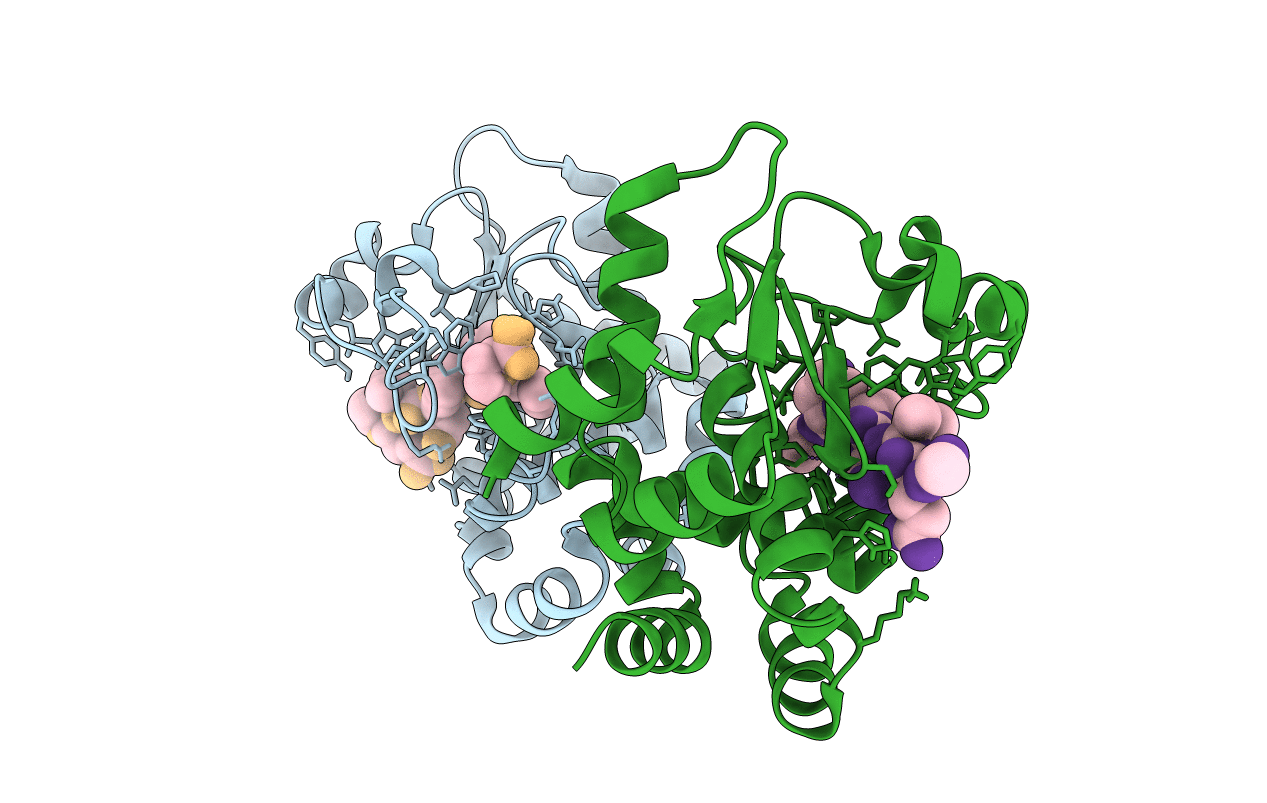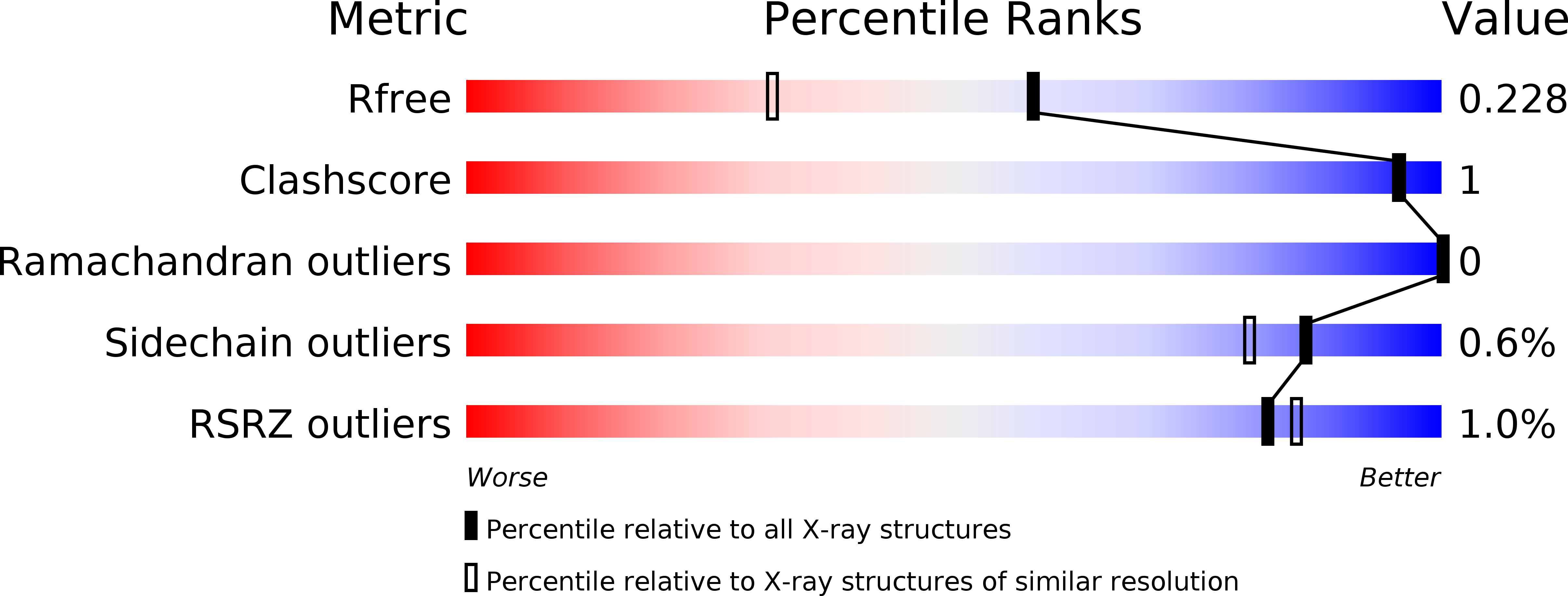
Deposition Date
2015-04-23
Release Date
2015-08-05
Last Version Date
2024-11-20
Entry Detail
PDB ID:
5A0X
Keywords:
Title:
Substrate peptide-bound structure of metalloprotease Zmp1 variant E143AY178F from Clostridium difficile
Biological Source:
Source Organism:
CLOSTRIDIUM DIFFICILE (Taxon ID: 272563)
CLOSTRIDIUM DIFFICILE (Taxon ID: 32630)
CLOSTRIDIUM DIFFICILE (Taxon ID: 32630)
Host Organism:
Method Details:
Experimental Method:
Resolution:
1.70 Å
R-Value Free:
0.20
R-Value Work:
0.17
R-Value Observed:
0.18
Space Group:
P 1 21 1


